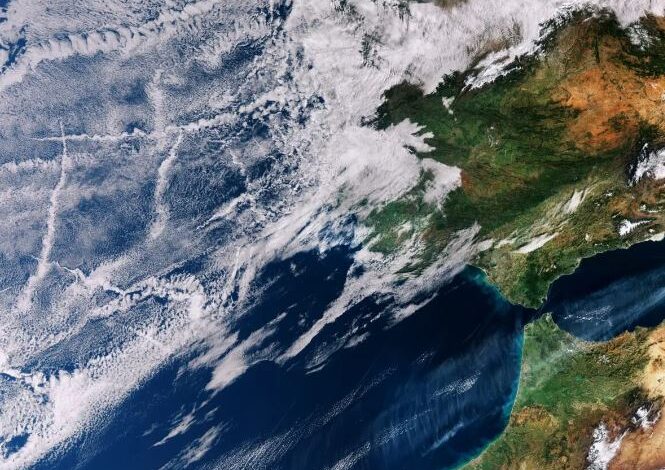The record of ocean heat? It is also the fault of our “geoengineering”

North Atlantic and Mediterranean are among the seas with major anomalies
(sustainabilityenvironment.com) – After the global air temperature is the turn of the seas. On 1 August, the European satellite system recorded an average sea surface temperature worldwide of 20.96 ºC. It is the new record of ocean heat, which exceeds by just a hundredth of a degree the previous record of 29 March 2016 (established in the middle of an El Niño of strong intensity).
“March should be the time when the global oceans are warmer, not August or September. The fact that we have seen the record now makes me nervous about how much warmer the ocean could become between now and next March,” Samantha Burgess of Copernicus tells the BBC.
What led us to the new record of ocean heat?
The record of global ocean heat is made possible by some very pronounced anomalies. Also in European seas. The temperature of the North Atlantic has remained constantly at levels never reached before since the beginning of March and on 29 July it reached 25 degrees. The previous record was 24.9°C but the most surprising aspect is that the peak of temperatures in this quadrant is usually reached between the second half of August and the first days of September. A few days earlier, on 26 July, the record was set by the Mediterranean with 28.71°C, beating also the highly anomalous value reached in 2003.
What is the exact interweaving of factors that led to the record of ocean heat is still not entirely clear. Surely, one of the concauses is the beginning of El Niño in the Pacific, which is a natural phenomenon. How and how man-made climate change has played a role, however, remains to be ascertained, even if it is certain that the emission of greenhouse gases – mainly due to the burning of fossils – is among the main defendants.
Sulphur, water vapour and emission reduction
One hypothesis, however, is that our fight against emissions has contributed to the primacy. In particular those generated by ships. Since 2020, in fact, the new regulations imposed by the World Maritime Organization (IMO) have forced shipping companies to drastically cut sulphur oxides. The drop in three years is 80%.
But this variation is having repercussions on clouds, particularly on a kind of clouds called “ship track”. The particles released by the ships, in fact, allow the water vapor to accumulate around being and then to form a cloud cover, which typically takes a very elongated shape, like the wake of the ship.
In other words: until 2020 we artificially created clouds that reflected part of the solar radiation in space and helped to cool the Planet. Cutting polluting emissions has proved, among other things, a large-scale “geoengineering” experiment. That has effects particularly visible just in the fields where the main naval corridors are concentrated. Here, it has been calculated, the additional solar radiation increases by 50% the anthropogenic global warming.





